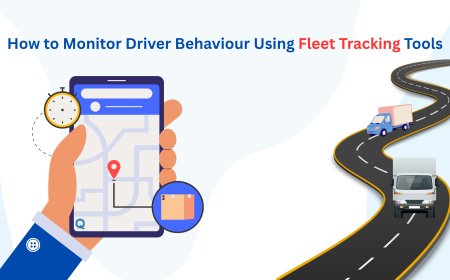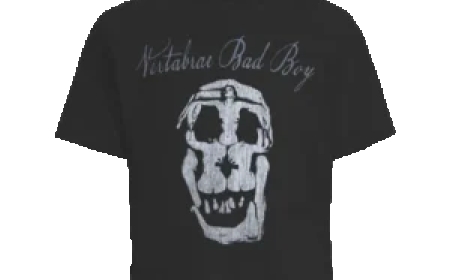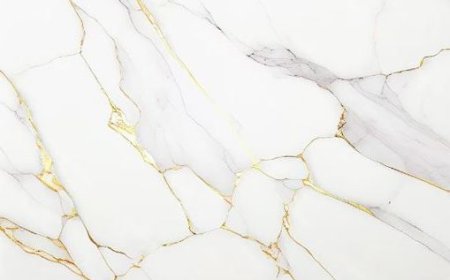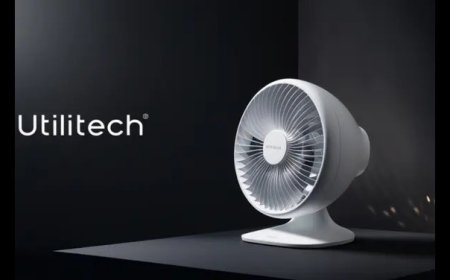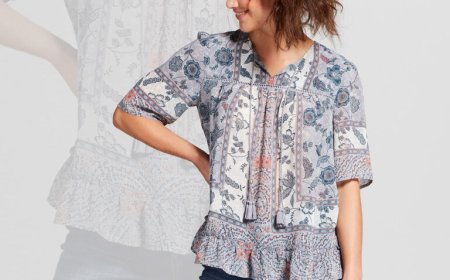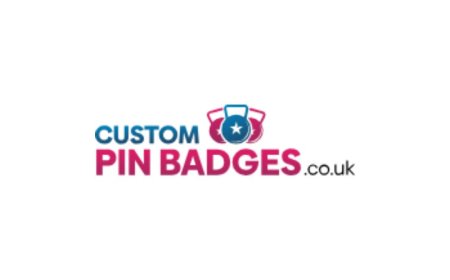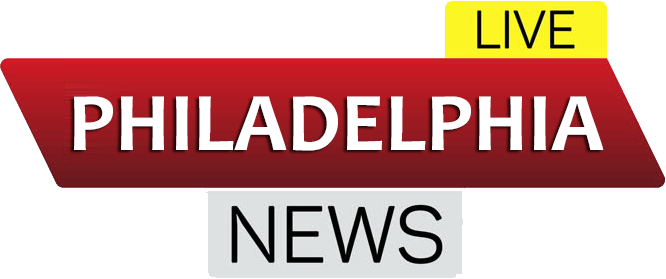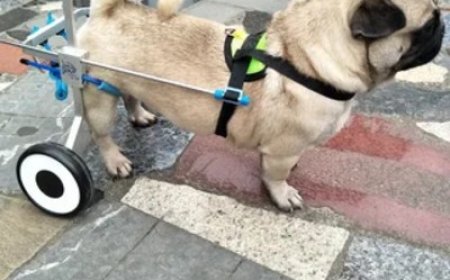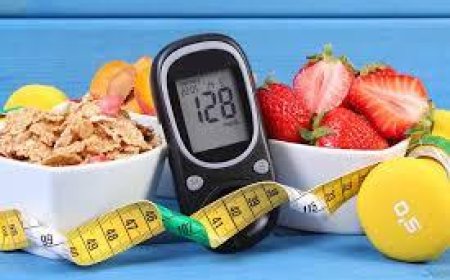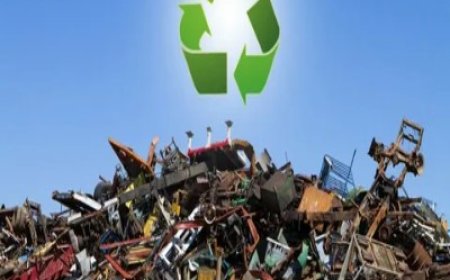Heras Banners vs Rigid Signs | Choose the Best Fence Branding Tool
Compare Heras banners and rigid signs to find the right fence branding tool for your construction site based on durability, cost, and installation ease.

In the fast-paced world of construction, branding and communication are more than just aestheticstheyre essential. Whether its directing the public, promoting a development, or enhancing your brand image, your fencing is the first thing people see. Two of the most popular tools for fence branding are Heras banners and rigid signs. Both serve as highly effective types of construction signage, but each has its own benefits depending on the sites needs.
So, how do you decide which one is right for your next project? In this blog, well break down the features, pros and cons, and ideal uses of each to help you make a smart and confident choice.
What Are Heras Banners?
Heras banners are mesh or PVC banners designed specifically to fit over temporary Heras fencing panels, which are widely used on construction sites, festivals, and events. These banners are printed with logos, branding, health and safety information, or directional signs and are attached using bungee cords or cable ties.
They are commonly made from:
- Mesh PVC, which allows wind to pass through and reduces stress on the fencing
- Solid PVC, for sharper images but less wind permeability
Standard Size: A typical Heras fence panel is around 3.4m x 1.8m, and banners are made to match these dimensions for full coverage.
Theyre quick to install, lightweight, and cost-effective, making them a go-to option for short-term use or sites that move frequently.

What Are Rigid Signs?
Rigid signs, on the other hand, are flat, solid boards made from durable materials like Foamex, Correx, or Dibond (aluminium composite material). These signs are printed with graphics and text and then fixed directly to fences, walls, or hoarding using clamps, screws, or bolts.
Common materials:
- Foamex: Lightweight and suitable for both indoor and outdoor use.
- Dibond (ACM): A premium material, known for its strength and resistance to weathering.
- Correx: A cost-effective corrugated plastic ideal for temporary signage.
These signs are sturdier and last longer, making them ideal for sites that require high-impact branding or need to withstand the elements over time. Rigid boards are a premiumconstruction signagesolution where durability and visual impact are key.
Side-by-Side Comparison: Heras Banners vs Rigid Signs
To make the comparison easier, heres a handy table to see how Heras banners stack up against rigid signs in various categories:
|
Feature |
Heras Banners |
Rigid Signs |
|
Material |
Mesh PVC / PVC |
Foamex / Dibond / Correx |
|
Durability |
Moderate |
High (Dibond), Medium (Foamex) |
|
Weather Resistance |
Good (mesh for wind) |
Excellent (esp. ACM) |
|
Installation |
Cable ties / bungees |
Clamps / bolts |
|
Reusability |
High |
Moderate to High |
|
Customisation |
Full-colour print |
Full-colour print |
|
Best For |
Temporary fencing, events, frequent moves |
Long-term builds, high-end projects |
Pros and Cons
Heras Banners
Pros:
- Lightweight and easy to transport
- Quick to install without special tools
- Mesh versions allow airflow, making them ideal for windy locations
- Ideal for temporary setups and quick branding
- Cost-effective for short-term projects
Cons:
- May sag over time if not tightly secured
- Less resistant to vandalism or weather extremes
- Can appear less professional for premium developments
Rigid Signs
Pros:
- Strong, long-lasting and durable
- Crisp, high-quality graphics
- Stands up well to the elements, including rain, wind, and sun
- Looks more polished and professional for client-facing projects
Cons:
- Higher upfront cost
- Installation may require tools or more planning
- Heavier and less portable
When to Use Heras Banners
Heras banners are a great choice if your construction site requires flexible and affordable branding. Ideal for:
- Short-term builds
- Mobile construction sites
- Outdoor events and festivals
- Open fields or windy environments, where mesh reduces wind resistance
- Quick updates if you're working across multiple locations, banners are easy to switch out or reuse
Because of their lightweight and rollable design, theyre also simple to store and transport between jobs.
When to Use Rigid Signs
Rigid signs are best for long-term construction sites or when the appearance of your branding needs to stand out. Choose rigid signs if:
- Your site is in a high-traffic or urban area where branding will be seen by many
- You're working on high-value property developments or commercial builds
- You need a sharp visual presentation and clear readability
- Your signage includes health and safety notices that must stay visible and intact over time
For prestige projects or brand-conscious clients, rigid signs often give a more professional impression.
Budget and Environmental Considerations
When deciding between Heras banners and rigid signs, cost and sustainability are often key factors.
- Cost Efficiency: Heras banners are cheaper upfront, making them suitable for projects with tight budgets or short durations. Rigid signs, although more expensive, tend to last longer and may need fewer replacements.
- Reusability: Both products can be reused, but Heras banners are particularly suited for multiple relocations. Rigid signs are more site-specific.
- Sustainability: Materials like aluminium composite used in rigid signs can be recycled through proper channels. PVC banners, while durable, require specialist recycling services.

Tips for Choosing the Right Construction Signage
- Project Length: For projects under 3 months, Heras banners are often sufficient. Anything longer may benefit from rigid signs.
- Visual Impact: Want to impress clients or the public? Go for rigid signs.
- Weather Conditions: Mesh banners are best for open, windy areas. Rigid signs work better in urban environments.
- Ease of Installation: Heras banners win for quick setup. Rigid signs may need more planning.
- Branding Goals: Consider how you want your brand to be perceived. High-end developments may demand higher-quality materials.
If youre unsure, a combination of both might be the most effectiveuse banners for perimeter fencing and rigid signs for entrances, wayfinding, or project boards. For tailored advice and solutions, consult asign shop Londonthat understands construction signage inside out.
Conclusion
Choosing between Heras banners and rigid signs depends on your sites needs, branding goals, and practical constraints. For affordability, flexibility, and quick setup, Heras banners are ideal. For durability, sharp visuals, and long-term use, rigid signs are the better choice.
Whatever you choose, high-quality construction signage enhances safety, brand presence, and professionalism on site.
If youre seeking expert advice and top print quality, partner with a trusted sign shop in London. Sign Company London proudly supports builders and developers with tailored banners and rigid signs for every project.





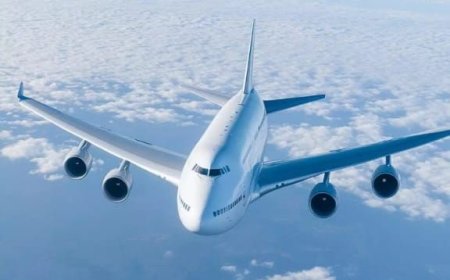



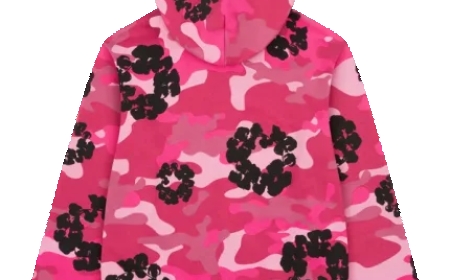

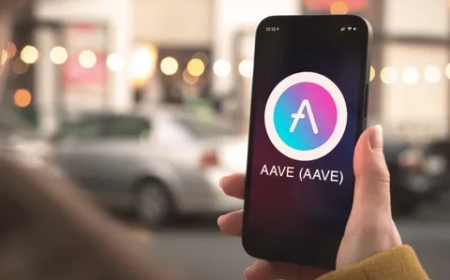



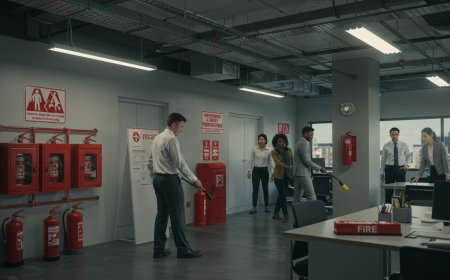
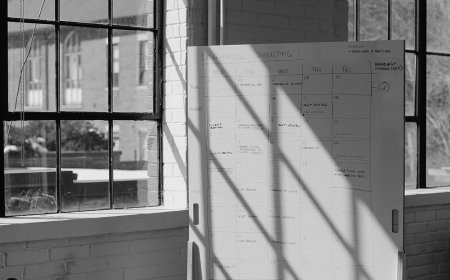
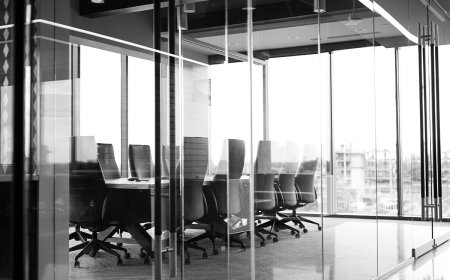
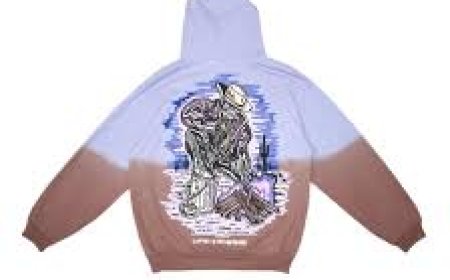

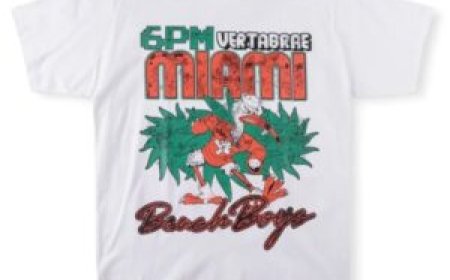
![Top 11 Real Estate Mobile App Developers in Riyadh, Saudi Arabia [2025 Edition]](https://www.philadelphialivenews.com/uploads/images/202506/image_430x256_68621a9e48997.jpg)




